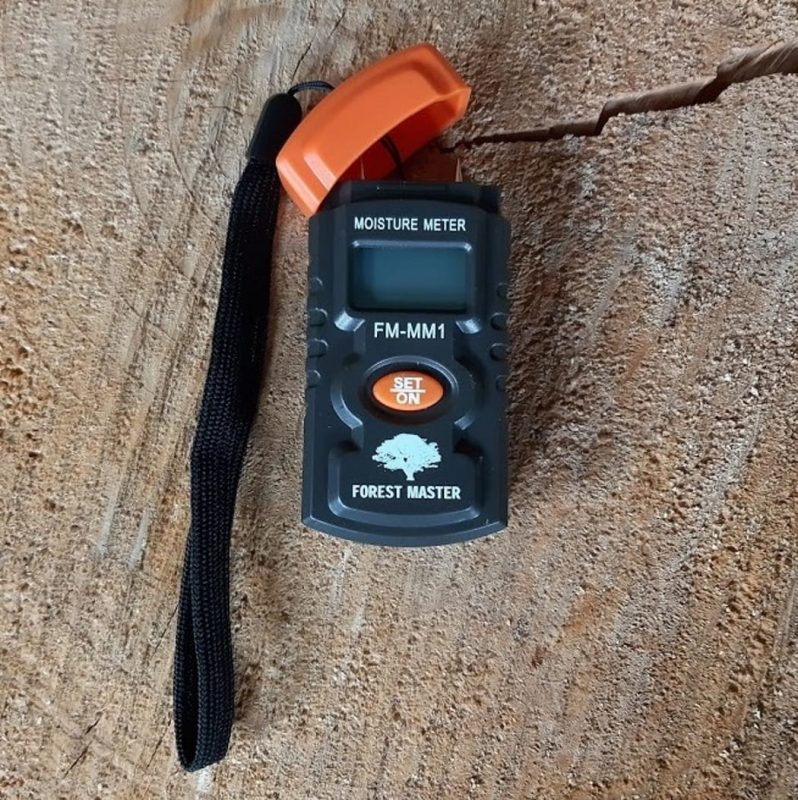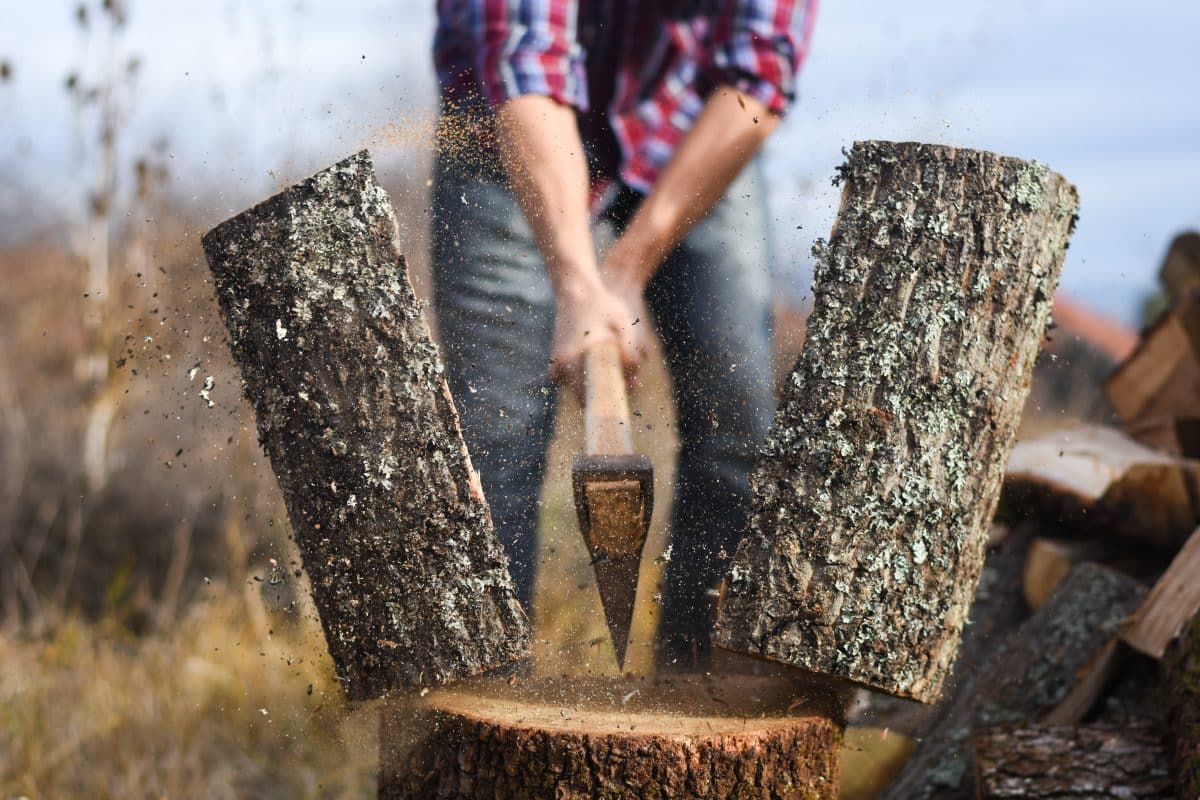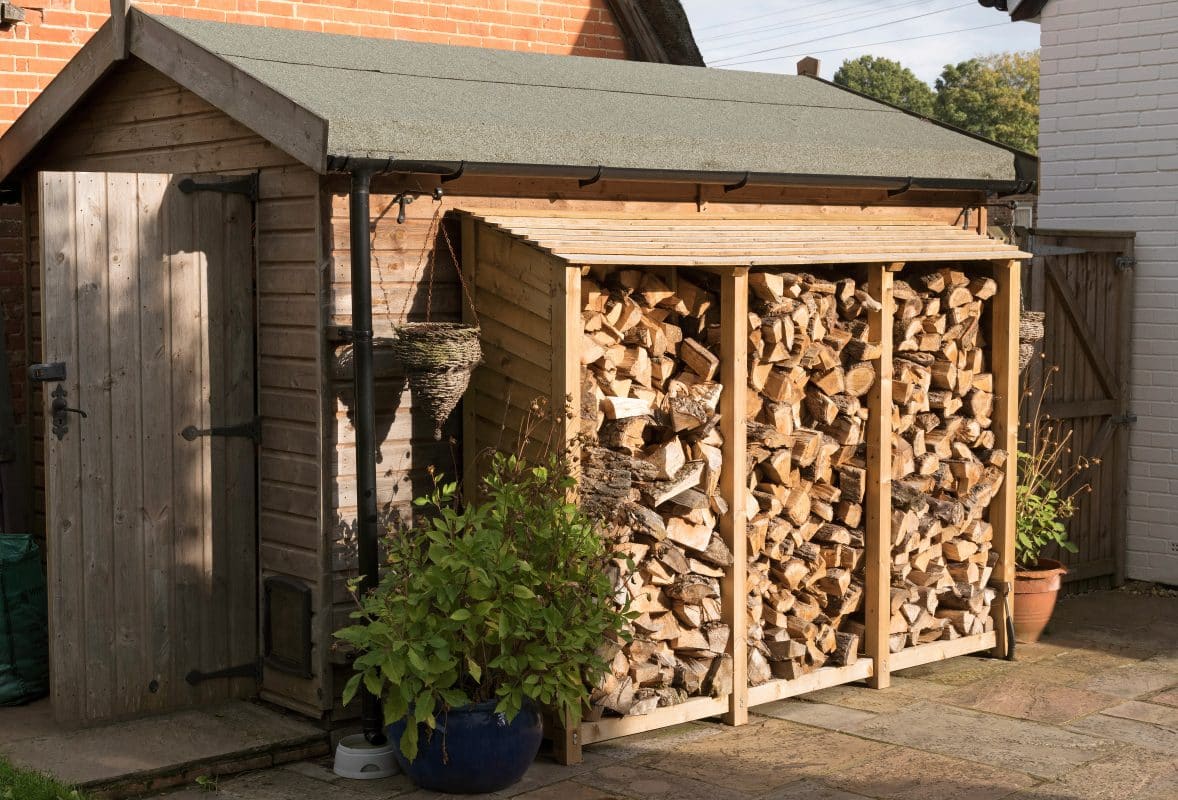Log Splitting
When to split logs
When is the best time to split logs for firewood?
Late winter and early spring is the best time to fell trees and split logs for firewood as this allows ample time for the logs to season. Splitting the logs when green will greatly reduce the amount of time required for the logs to properly dry for burning.
What is green and seasoned wood?
When a tree is freshly felled the wood contains a lot of moisture and will have a green colour compared to seasoned logs that have been allowed to dry for some time and will have a darker yellowish tint. Green and seasoned wood can be told apart in multiple ways including weight, colour and sound. Seasoned wood will sound hollow when knocked together whereas if they sound solid, they are most likely not ready for burning.
The easiest and most accurate way to determine if your logs are fully seasoned and ready to be burned is by using a moisture meter. These clever little devices will almost instantly give an accurate moisture % of the log, provided the log has a moisture content below 20% it is ready to burn.

Which is easier to split?
There is some debate on this subject due to the number of factors such as the type of wood, splitting tool and temperature when splitting. The consensus is that when you are looking to split logs with an axe or maul most wood species will be easier as there is less moisture which means less resistance when cutting. There are of course exceptions to the rule with deciduous trees such as Beech, Birch, Ash, Hazel and Willow being much easier to split when freshly cut due to them being extremely dense and solid once seasoned.

Can and should I split green logs?
You can definitely be split logs that are green and if you are looking to season the logs for burning this can provide some serious advantages. Splitting firewood early will cut the seasoning process down by as much as 50% with the average time for full rounds to season being 12 months and the average for split logs being 6 months.

Although splitting green wood with a maul can require more force and effort than seasoned it is recommended to split logs early due to the reduced drying time. Some species of wood can be very difficult to split with a maul or axe especially elm and cherry, this is not a problem if you own a log splitter as you will be able to split any log green or seasoned with the right machine.
Check out our full list of Hydraulic and Kinetic log splitters to determine which one is best suited to your needs HERE.
What other factors affect drying time?
Other factors affect the drying time include how the logs are being stored and the ambient temperature. If you store your logs uncovered in a heap, then this process will take notably longer than if they were properly stored in a firewood rack with good airflow and covered with a tarp to prevent rain from getting onto the logs. Naturally the time of year the logs are being seasoned will also play a part in deciding how long with the warmer weather of spring and summer reducing the seasoning time.

In conclusion
With some exceptions dry wood will be easier to split with a maul or axe however, if you are wanting to season your logs for burning then we recommend splitting green wood with a log splitter to make the whole process as fast and efficient as possible

